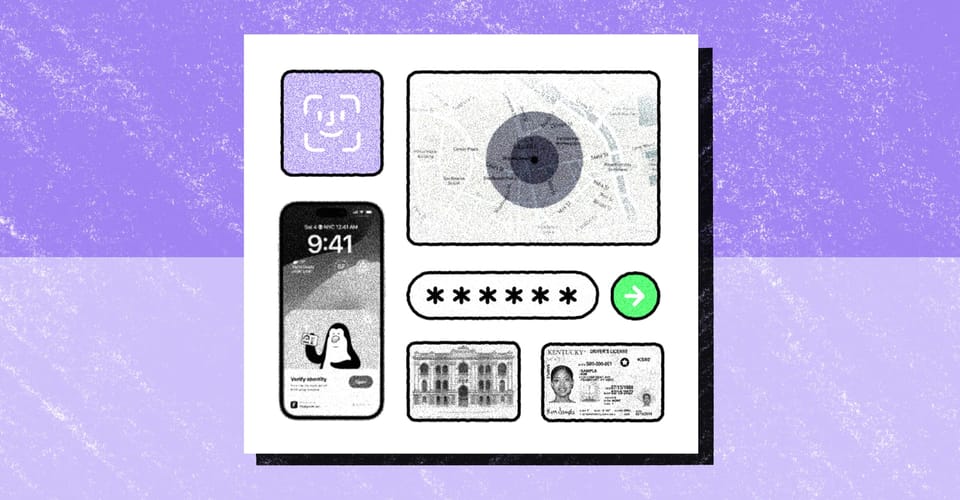In the realm of customer verification and fraud prevention, businesses face a critical decision: should they rely on documentary methods or embrace non-documentary approaches? This choice can significantly impact user onboarding, security, and compliance. Let's explore the benefits and considerations of both methods, with a focus on how platforms like Footprint are revolutionizing the verification process.
Understanding Documentary Verification
Documentary verification is the traditional approach to confirming a customer's identity. It typically involves:
- Requesting government-issued IDs
- Manually reviewing and validating documents
- Storing physical or digital copies for compliance purposes
Financial institutions have long relied on this method to meet regulatory requirements, such as those set by the Bank Secrecy Act (BSA) and Customer Identification Program (CIP). As Socure's glossary notes, "documentary verification refers to a financial institution's requirement to verify the identity of a customer at account opening utilizing a valid government-issued ID."
The Rise of Non-Documentary Verification
Non-documentary verification leverages technology and alternative data sources to confirm identities without relying on physical documents. According to Sumsub, this approach offers several advantages:
- Increased security
- Cost savings
- Improved accuracy
- Faster onboarding
- Enhanced scalability across global markets
Non-documentary methods can include:
- Credit bureau checks
- Device and behavioral analysis
- Data extraction from government sources or banking records
Footprint: Bridging the Gap Between Documentary and Non-Documentary Verification
Footprint's unified platform offers a comprehensive solution that combines the strengths of both documentary and non-documentary verification methods. Here's how Footprint is transforming the verification landscape:
Customizable Onboarding Flows
Footprint allows businesses to tailor their verification process, defining the specific data, documents, and logic required for user verification. This flexibility ensures compliance with industry regulations while optimizing the user experience.
Advanced Rules Engine
The platform's rules engine enables the creation of custom verification rules based on unique business requirements. This can include a mix of documentary and non-documentary elements, such as phone number verification, ID checks, and address validation.
Cutting-Edge Technology Integration
Footprint leverages modern technologies to enhance security and streamline the verification process:
- App Clips: Ensures device legitimacy and utilizes Apple and Google's document detection capabilities for secure document capture.
- Passkeys: Implements cryptographic authentication to prevent account takeovers and phishing attempts.
Behavior and Device Insights
By analyzing user behavior and device information, Footprint adds an extra layer of security to the verification process, helping businesses detect and prevent fraud more effectively.
Balancing Compliance and User Experience
While non-documentary verification offers numerous benefits, businesses must ensure their chosen methods comply with relevant regulations. As the FFIEC BSA/AML manual states, banks must have a written Customer Identification Program (CIP) that includes risk-based procedures for verifying customer identities using either documentary or non-documentary methods.
Footprint's platform allows businesses to strike the right balance between compliance and user experience. By offering a mix of verification methods, companies can:
- Meet regulatory requirements
- Provide a smooth onboarding experience
- Enhance fraud detection capabilities
- Adapt to evolving security threats
The Future of Identity Verification
As technology continues to advance, the line between documentary and non-documentary verification is blurring. Platforms like Footprint are at the forefront of this evolution, offering solutions that combine the best of both worlds.
By embracing a unified approach to identity verification, businesses can:
- Streamline user onboarding
- Enhance fraud prevention
- Ensure regulatory compliance
- Adapt to changing market conditions and customer expectations
In an increasingly digital world, the ability to verify identities quickly, securely, and accurately is paramount. By leveraging platforms like Footprint, businesses can stay ahead of fraudsters while providing a seamless experience for legitimate users.





